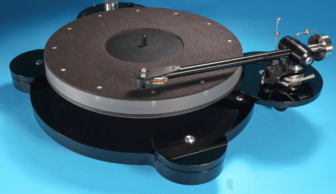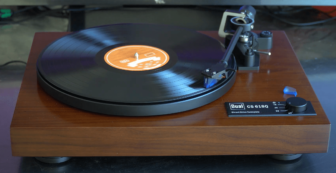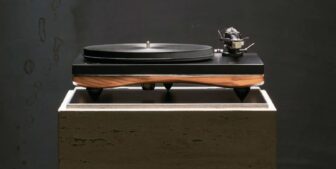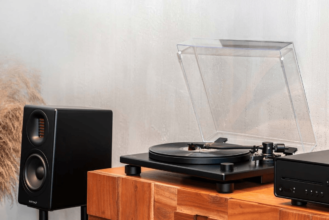Holborne analog 3 Review
With the Holborne Analog 3, an affordable turntable from Switzerland is spinning among us again. It embodies pretty much everything that makes “Made in Switzerland” world-famous. And it sounds superb.
Lothar Brandt
Test & Technology: Turntable Without Cartridge
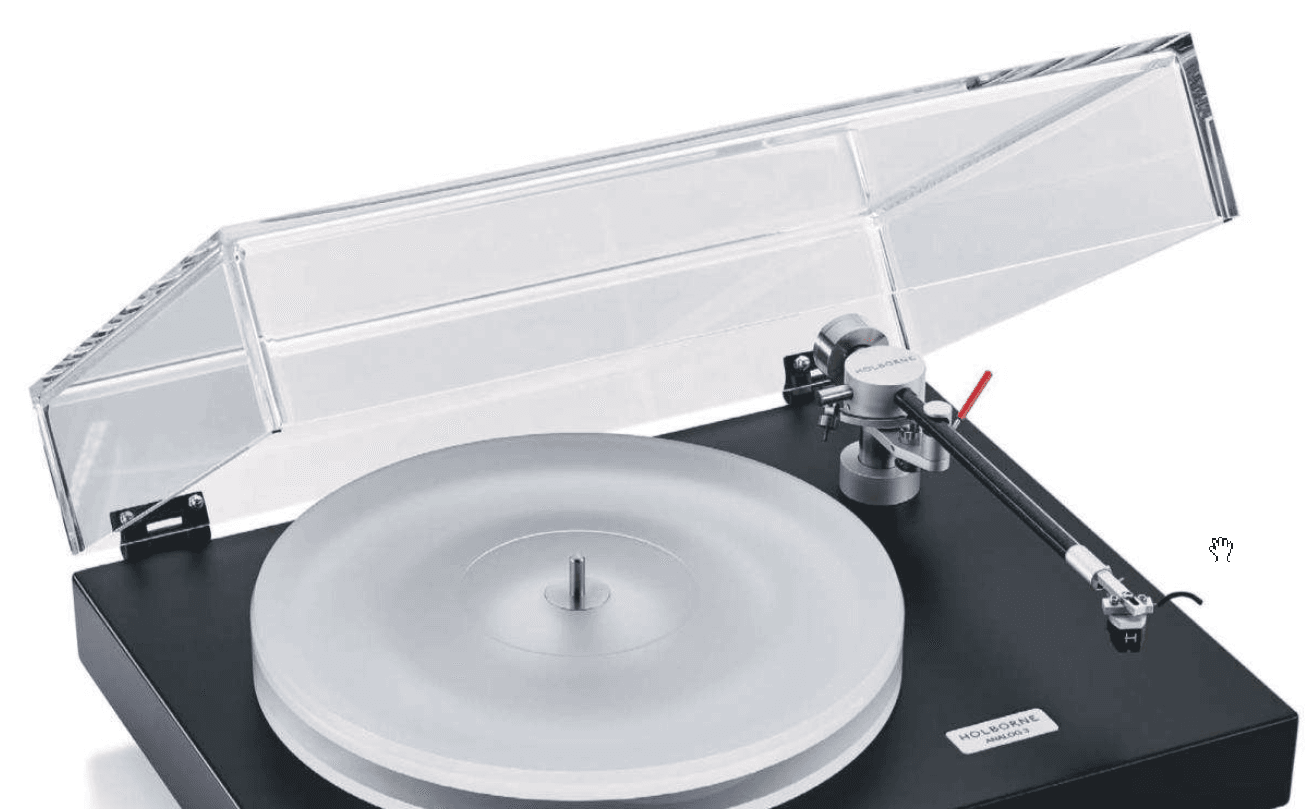
A solid economy, practically full employment, lower inflation, higher education, an intact healthcare system, an exemplary reliable public transport: There are truly many reasons for Germans to look enviously at their southern neighbor. And absolutely none to do so condescendingly. Even if, of course, not all that glitters is gold: Switzerland has outpaced its northern neighbor in many respects. And yet, most Swiss are unfamiliar or even averse to any show of ostentation. The author knows what he’s writing about: For many years, he has been responsible for 7Review. And thus, he was able to get to know numerous hi-fi and high-end treasures made in Switzerland that need not hide from anyone in the world. And which, almost consistently, appear outwardly modest, without any bling-bling. One could count understatement among their innate DNA.
Spectacularly Unspectacular
The Holborne Analog 3 turntable fits seamlessly into this. Look at the large picture on the left: purely in appearance, the turntable comes across as spectacularly unspectacular. Nothing immediately suggests that, in the basic configuration (called “Silver”), you have to shell out $9,500. A finely lacquered MDF plinth rests on three height-adjustable metal cone feet with damping silicone discs. A sensor button—please do not press, a gentle touch is enough—on the left serves to start and set the speed of 33 1/3 or 45 revolutions per minute. On the right, a 9-inch radial tonearm with carbon fiber tube and minimal headshell awaits its use. Until it’s time, the exemplary packaged player, equipped with plenty of accessories, still needs to be set up and precisely leveled.
Even during setup, the wonderful craftsmanship of the acrylic dust cover stands out. The clear, solidly heavy piece rests on two reassuringly stable hinges. To be fair, the beautiful cover comes from Germany, as does the milky-white from the top, transparent from the side acrylic platter. That’s almost all with foreign components. There’s also the drive belt, which likewise comes from Germany, affectionately referred to as the “northern canton” due to the lively influx into Switzerland.
And now we come to the famous “inner values” that distinguish this player. It was precisely this belt that the owners of the Holborne brand selected for sonic reasons after seemingly endless listening sessions. This passion combined with meticulousness has long characterized the couple Thérèse and Johannes Ineichen. With their company Pathos Audio, they also import high-quality high-end products into Switzerland. Together with their equally hi-fi enthusiastic friend Martin Meier, they recently founded Swiss Analog, to which Holborne now also belongs.
Beautiful Story
They took over the manufactory from the gifted Swiss technician and passionate musician Meinrad Müller, who had named his company in 1987 after the English Renaissance composer Anthony Holborne (circa 1545-1602). Müller caused a stir in analog circles in the 2010s with his Rotax turntable; however, economic success eluded him. So he shifted more towards electronics. From his mind came, for example, the Holborne Passion integrated amplifier, which combines tube and transistor technology in a fascinating, unconventional way. Despite still having some ideas regarding tonearms, he wanted “to stop with analog altogether when Johannes Ineichen called him.”
Based on the concepts of Meinrad Müller, who of course remains associated with Holborne as an advisor, Ineichen further developed the Rotax into the Analog 3. And, so to speak, designed it Swiss from the ground up. Both in terms of virtues and components.
Only the Best
The metal processing that meets the highest precision requirements is carried out by the Swiss company Hele, which guarantees tolerances below one-thousandth of a millimeter (μm) at critical points. The extremely smooth-running DC motor is supplied by the Swiss Maxon Group. Their drives are considered the best and most reliable of their kind worldwide, as they also serve in NASA and medical technology. Admittedly, this Swiss precision comes at a price. In the Holborne Analog 3, an opto-electronic control loop also monitors the exact maintenance of the desired speed. Below the pulley, a disc marked with a line pattern (see also picture on the left) serves as a tachometer.
The aforementioned belt wraps around, on the other side, the inner platter firmly connected to the main platter. Due to the somewhat fiddly belt installation caused by limited access, novices should leave this to the dealer, who will also place the platter into position. The self-lubricating platter bearing is magnetically relieved; the corresponding repulsion forces need to be handled carefully. The bearing itself houses a tungsten carbide mirror, on which a ruby ball rotates in a bronze bushing. By the way, Swiss Analog only brings together “matched” parts, i.e., parts that fit together exactly. An effort that few competitors afford. Additionally, the company runs in each turntable for 48 hours, then cleans all bearing parts and re-lubricates them. Hats off!
Strong Arm
Another fine mechanical jewel is the arm. Meinrad Müller designed its bearing as “DualPivot”. As far as the author knows, it’s the only one of its kind. “Pivot” is the English synonym for unipivot bearing, minimizing all possible contact and friction surfaces to a point. Good and well, but every user of unipivot arms knows their notorious tendency to wobble, as they lack the horizontal support of, say, a gimbal bearing. In the Holborne arm, a second, “sliding” nine-ball bearing ensures the arm has no tendency to wobble. In practice, the arm, additionally stabilized inside the “Ultra Superlite” carbon tube with an Orthosorb damping material, rests securely in the hand like a gimbal arm.
Through the chord opening in the inner circle of the sliding bearing, the internal wiring made of twisted, special strands, which Müller “borrowed” from the RF field and can only be soldered hot, also winds. The author therefore recommends choosing the variant wired directly up to the connectors, saving transition resistances and additional contacts. Those who like to experiment can, of course, also choose the version with five-pin connectors.
Exemplary Neutrality
For the listening sessions, the experimental zeal was “limited” to various cartridges. Encouraged by three counterweights, two differently weighted headshells (13 and 19 grams), and two antiskating weights (3 and 4 grams), the author tried out various cartridges (called “toncells” in Swiss parlance). While extremely light or exotically heavy specimens were not among them, the Holborne Analog 3 proved to be consistently compatible with the MM and MC pickups used. And demonstrated above all one thing with all of them: neutrality. It allowed each chosen cartridge its own strengths and added or subtracted nothing itself. That characterizes a top-class turntable.
The author admits, however, that he liked the Holborne Analog 3 best with the excellent Holborne Wood cartridge. Definitely from the MC nobility, quick on the uptake, extremely high-resolution, with remarkable elegance and captivating vocal reproduction. The German importer wants just under $4,400 for it. In this combination, the turntable-tonearm combo unrestrainedly shows its own strengths: The dynamics unfold with full force, but without clumsy impetuosity. The famous drum entry by Phil Collins in “In The Air Tonight” practically exploded, without squandering its power in a flash in the pan.
The spatial imaging is so stable and orderly as one can only very rarely, if ever, experience in this price range. The fascinating concert music of Paul Hindemith under William Steinberg revealed all its compositional sophistication. And not least, Dominique Fils-Aimé delighted with a downright heart-grabbing presence over gnarly bass. That was the truly great analog class.
CONCLUSION: With the Holborne Analog 3, Switzerland presents us with a turntable of international top class. Turntable and tonearm can forgo any contrived thrill and merit the use of the best cartridges. This fundamentally Swiss sovereignty is based on first-class materials, which are brought into harmony with intelligence and passion.
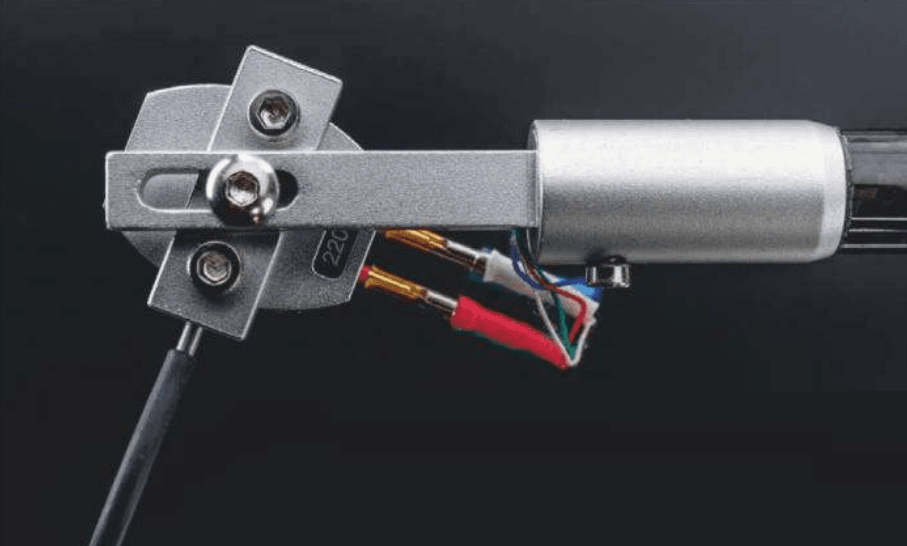
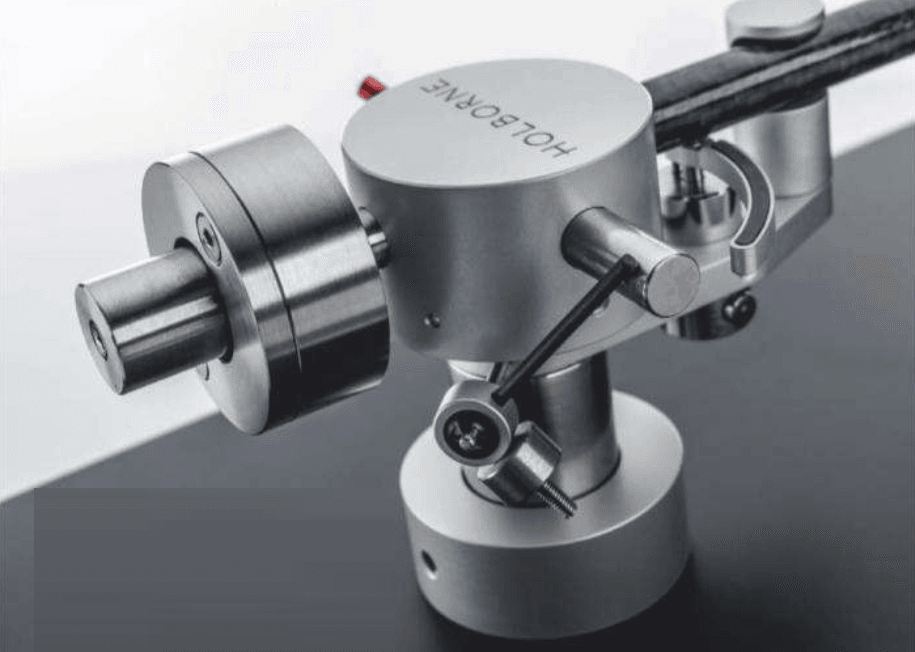
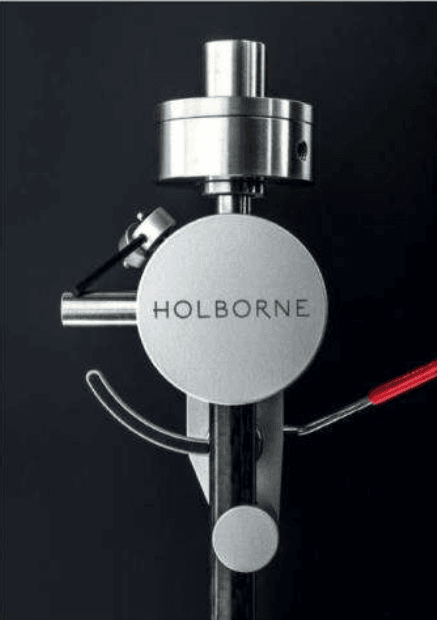
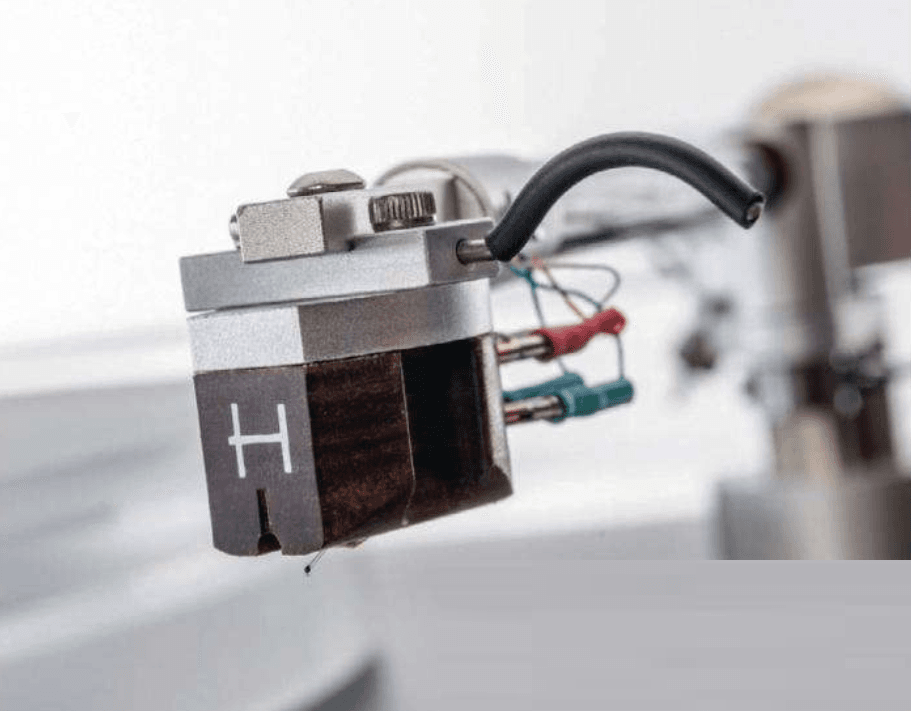
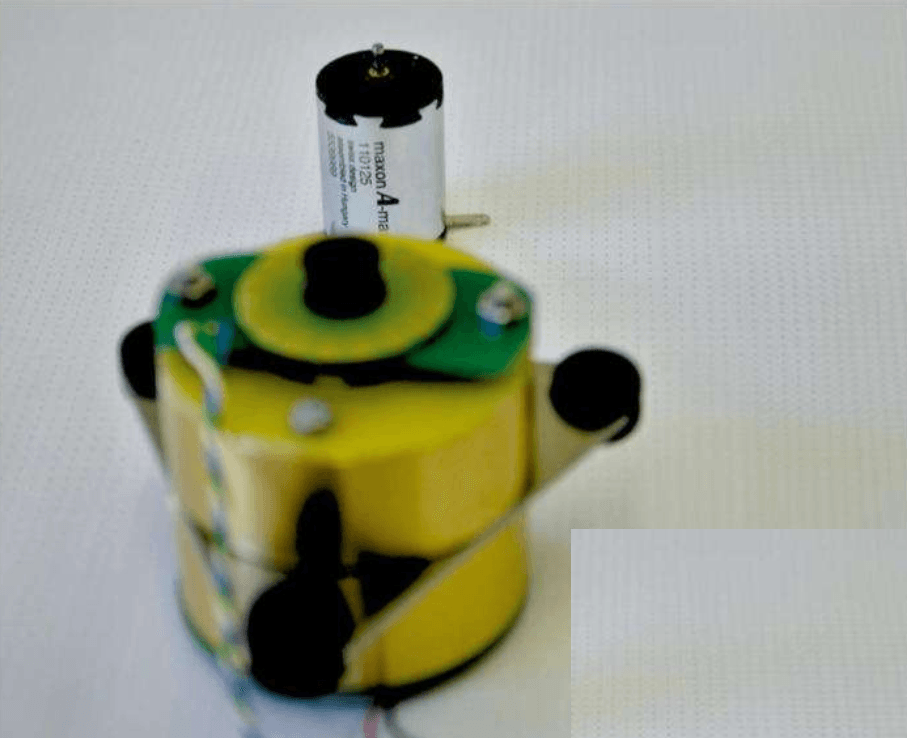
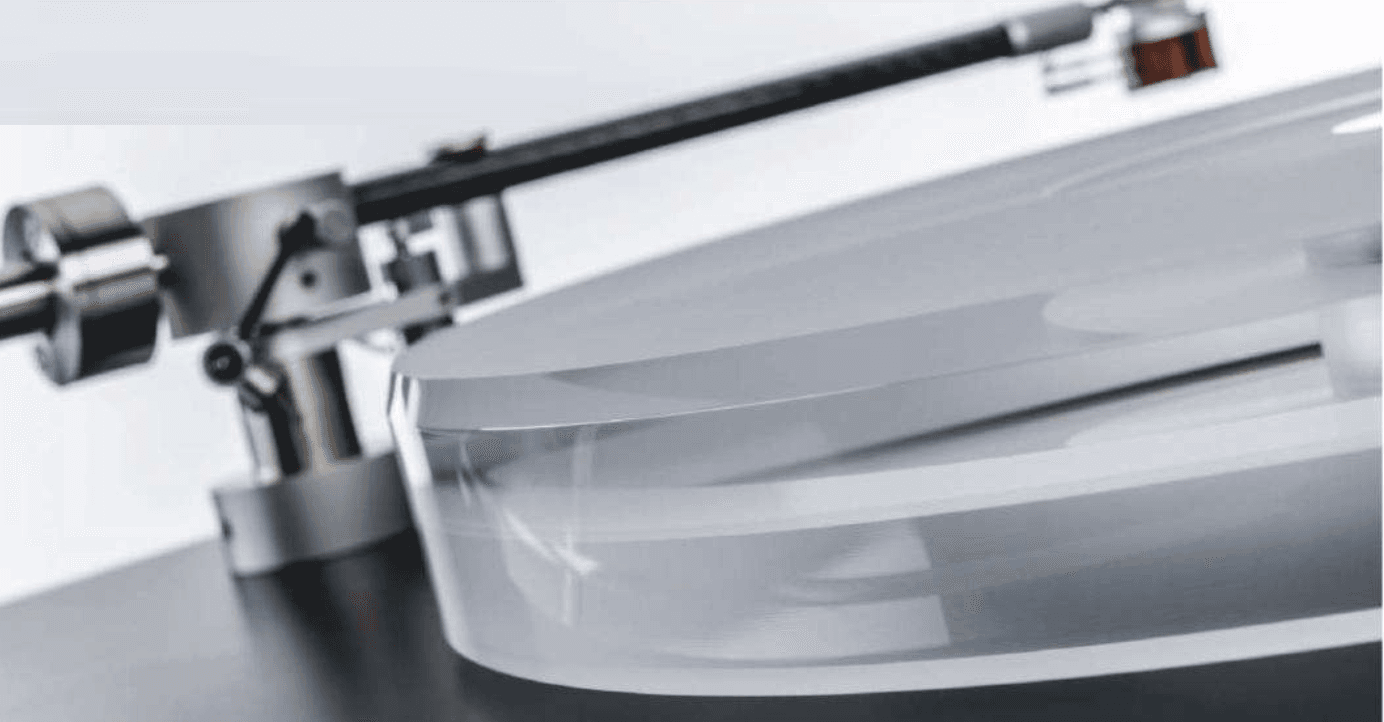
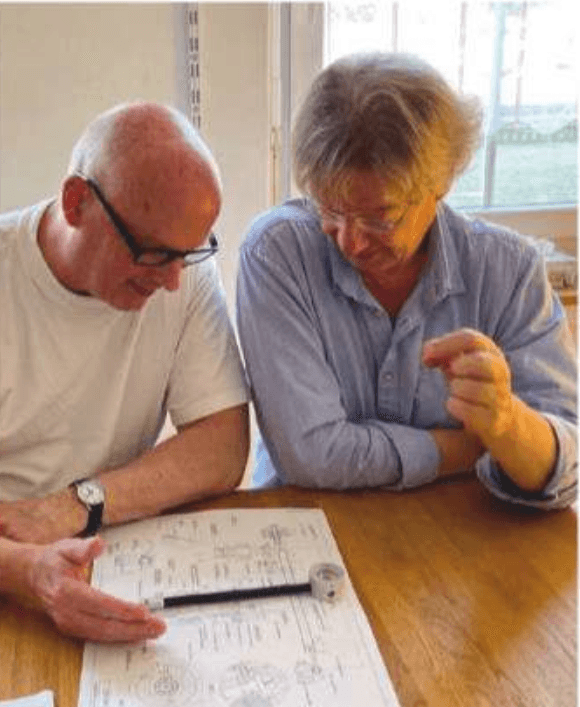
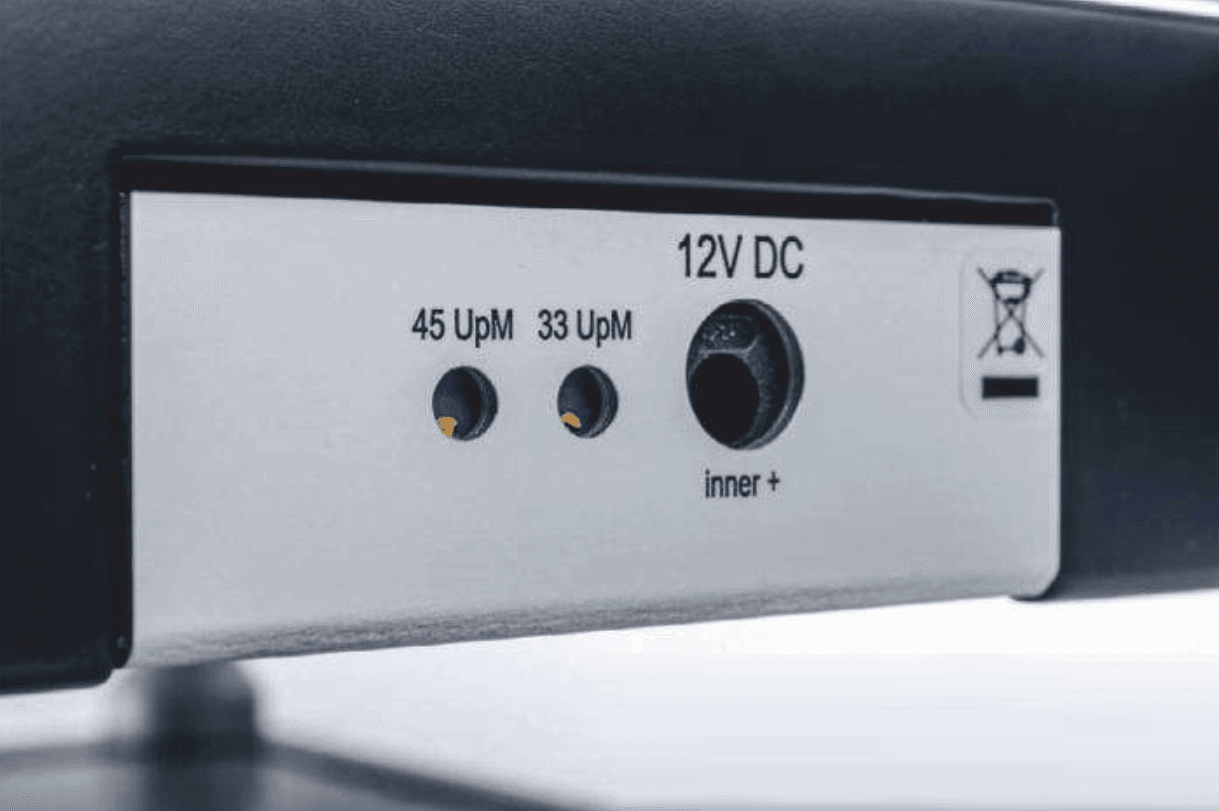
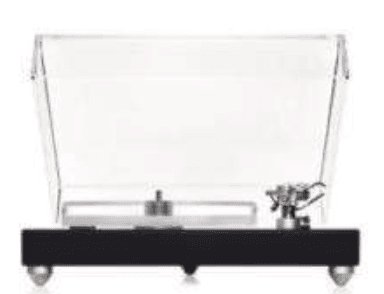
Holborne Analog 3
Specifications
- List price: from €8800
- Warranty: 2 years
- Dimensions (W × H × D): 44.5 × 14.0 × 35.8 cm
- Weight: approx. 12 kg
- Drive: Belt-driven, inner rotor
- Speeds: 33 & 45 RPM
- Speed adjustment: Yes
- Tonearm height adjustment: Yes
- Adjustable feet: Yes
- Fine speed regulation: Yes
- Fully automatic / Auto stop: No / No
- Special features: DualPivot tonearm
Pros & Cons
✅ Pros:
- Outstanding smoothness and seamless dynamics
- Excellent tonearm
- Compatible with many cartridges
❌ Cons:
- Can become expensive with top cartridges
- Minimalist design may not appeal to everyone
- Fiddly belt installation
Test Results (Converted to a 10-point scale)
- Sound quality: 9.7 / 10 (original score: 175)
- Features: 7 / 10 (original rating: “good”)
- Ease of use: 8.5 / 10 (original rating: “very good”)
- Build quality: 9.5 / 10 (original rating: “outstanding”)
Audio Benchmark
- Overall score: 9.7 / 10 (original score: 175 points)
- Price/Performance: Very good
Performance Report
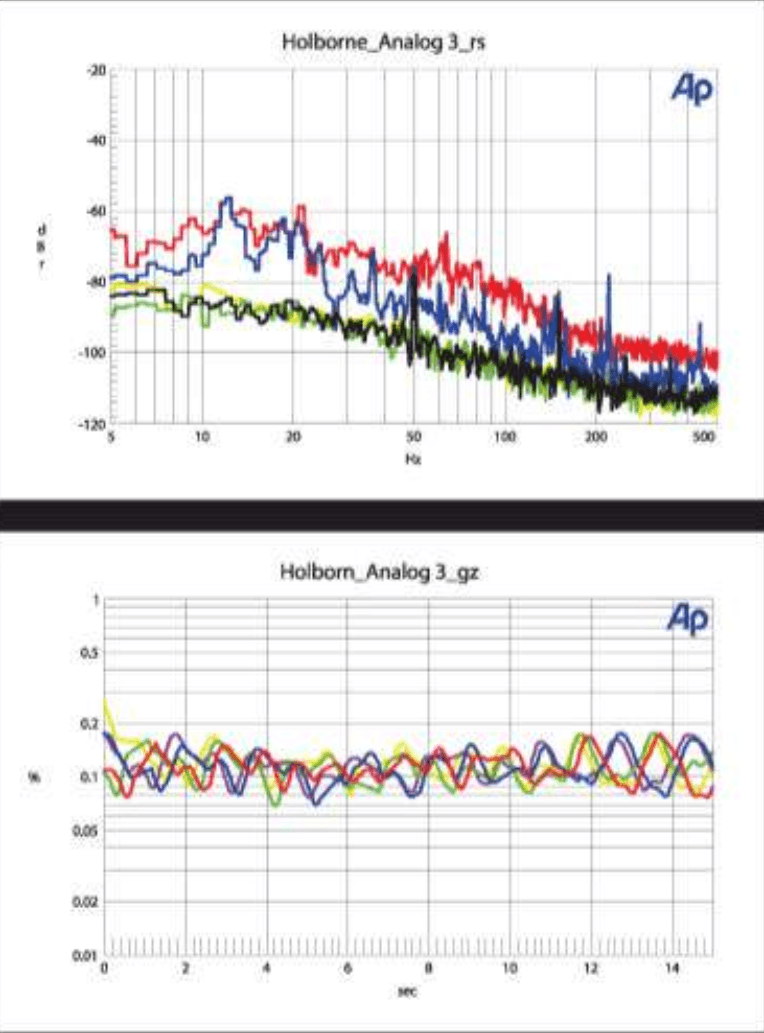
Fluctuation of the speed over time, the five best runs are shown: Evaluated according to IEC and with 2-sigma averaging, a mediocre wow and flutter value of 0.16% results. The absolute rotation speed can be brought exactly on course. The rumble spectrum looks very good: 50/150 Hz mains hum is only detectable when switched off (black), the disturbance spectrum with coupler (blue) lies significantly below the inherent noise of the record (red). At 219 Hz, a single motor hum is still detectable with the record; the peak at 439 Hz is only measurable with coupler. The weighted rumble value with record is at perfect 74 dB (more is not possible), with coupler at 77 dB. Power consumption standby/operation: 0.5/1.3 W.



